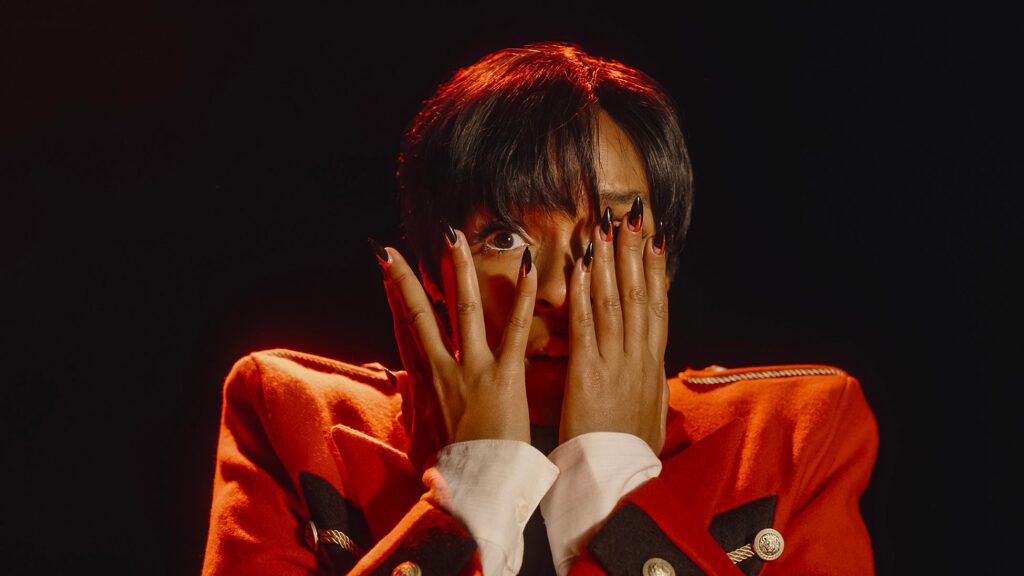Ask four people to define “promotion” and you’ll get four different answers.
Business defines us as a “sales tactic.” Marketing defines us as a “below-the-line expense.” Madison Avenue defines us as a “non-advertising service.” Is this how you define promotion?
The world has changed. Expectations for delivering measurable purchase have soared, and promotion’s ability to drive consumer behavior is in such demand that advertising has claimed our best work and renamed it advertising. Meanwhile, business schools are teaching the next generation of marketers that “sales promotion” is a tactical tool. Is it any wonder that more and more agencies are dropping the word “promotion” from their name?
The trouble with the promotion industry is that we’ve lacked the ambition to define the value we bring to marketing. As a result, we don’t own anything — not even our name.
To survive, our industry must now take a stand. We must find the courage to challenge marketing traditions and the ambition to invent our own future.
To start with, promotion — and marketing in general — needs to be more ambitious. We need to deliver more value than ever before. That means striving not just for “brand preference” but for “brand enthusiasm.”
Emotions drive most, if not all, purchase decisions. Harley-Davidson owners don’t buy motorcycles, they buy satisfaction for their primal desire for adventure and freedom. You couldn’t even pay a Harley enthusiast to buy a Honda — but he’ll wait a year for his Harley to arrive. That’s “brand enthusiasm.”
Most marketers figure it’s a good day when their message breaks through the clutter to create “unaided awareness.” They should instead be trying to create “brand champions,” customers who live the brand — showing it off to everyone they know — because it gives their life more meaning. It’s the difference between making a media buy and creating consumers who will shout your brand’s praises from their rooftops.
Behave Yourself
Marketers should not be forced to choose between spending to build their brand or spending for immediate sales. We should expect all marketing activities to do both, and with the same dollar. But we need to take it much further — all the way up the decision-making tree to where the brand platform is born. As thought-leaders we must lead advertising, p.r., direct marketing, and others to drive immediate and ongoing sales.
Business leaders are demanding that brands strengthen their influence over purchase behavior. They expect to grow stronger brands. They expect consumer purchases to be directly attributable to the brand. And they expect marketing budgets to be accountable to ROI objectives. The focus on purchase behavior has intensified. And motivating purchase behavior is what we do better than any other marketing discipline.
The promotion industry must own consumer purchase behavior and everything that drives that behavior.
But first we must find the courage to challenge advertising’s assumption that attitude is enough to drive behavior. We need to dig deeper than ever to uncover vivid insights and consumers’ root emotional drivers. Only through such intimate understanding can we ignite the emotional spark that connects the consumer and the brand. Attaining brand enthusiasm will require less attention on measuring coupon redemption and more focus on the power of the emotional connection that makes cash registers ring.
We’ve made a gigantic leap from our “trinkets and trash” origins to become one of the most strategic disciplines in marketing today. But as an industry, we have failed to define promotion’s value to management and clients.
The future of promotion hangs on what we do now. Will we muster the ambition to grow its value proposition to meet business expectations? Do we have the courage to stake our claim to consumer behavior and everything that drives it? Will we write the book on purchase behavior best practices?
It’s time to start defining ourselves.
Dori Molitor is president of Minneapolis-based WatersMolitor. Reach her at dmolitor@watersmolitor.com.
 Network
Network

